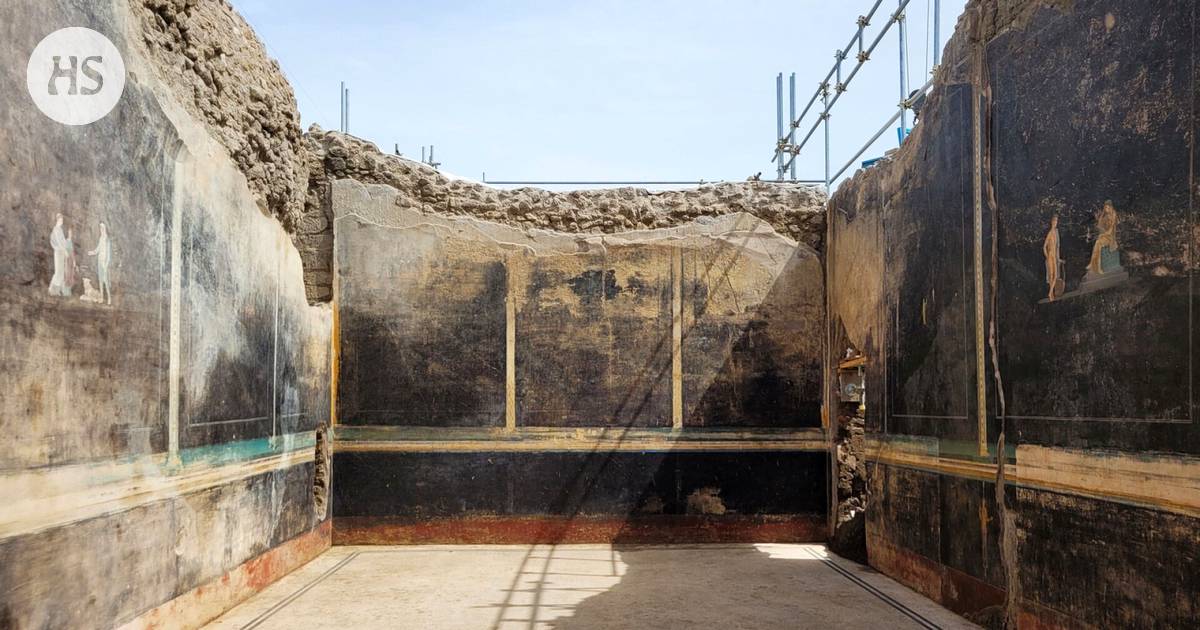History|According to archaeologists, the paintings are “the finest that have been found in the ruins of Pompeii”.
Pompejin in the ruins of the city, a ballroom has been found, which is full of frescoes, i.e. wall paintings, depicting the Trojan War.
The ballroom is about 15 meters long and six meters wide, and its walls are painted black. The hall’s white mosaic floor is in almost perfect condition. Director of the Archaeological Park of Pompeii Gabriel Zuchtriegelin according to the color of the walls, an effort was made to prevent the smoke coming from the oil lamps from being seen.
“People had dinner here after sunset. The flickering flames of the lamps created the illusion that the paintings are moving – especially after a few glasses of wine,” Zuchtriegel jokes of the park in the bulletin.
In an NBC News article researcher and writer Daisy Dunn although I think that the black walls were an aesthetic choice.
“A room with the entire floor white but the walls all black; it would be an impressive sight today, and it certainly was impressive then.”
According to archaeologists, the paintings are “the finest that have been found in the ruins of Pompeii”, says BBC. The paintings are 2,000 years old, and according to researchers, their main theme is bravery; heroes of the Trojan War and ancient gods appear in many frescoes. Fate is also a theme in many paintings.
According to researchers, one of the frescoes depicts Helena and Paris. The Trojan War began when Paris, the son of the Trojan king, kidnapped Helen.
In the painting, the god Apollo seduces Kassandra, the daughter of the king of Troy. Apollo gave the woman he loved the ability to see into the future. However, Kassandra did not reciprocate the god’s feelings, so Apollo decreed that no one would believe Kassandra’s prophecies. So no one believed Kassandra’s predictions about the Trojan War.
According to mythology, Helen of Troy is the child of Leda, the wife of the god Zeus and the king of Sparta. The painting shows Leda and Zeus in the form of a swan.
Paintings are in such good condition that researchers think it’s possible they were painted just before Mount Vesuvius erupted, according to NBC News.
The researchers’ theory is supported, among other things, by the fact that abandoned tools, construction materials, and “less impressive” works of art were found at the site, NBC News says. Among other things, a picture of two gladiators and a big penis made with charcoal was found in the staircase leading to the hall.
The initials ARV were also found on the hall wall. According to NBC News, archaeologists believe they belong Aulus Rustius Verusilleto a rich local politician who lived in his time.
Located near the current city of Naples in Italy, Pompeii was buried in the eruption of Vesuvius in 79 AD. Excavations have been carried out in Pompeii since the 18th century.
Today, the city of Pompeii is one of the most popular tourist destinations in Italy.
